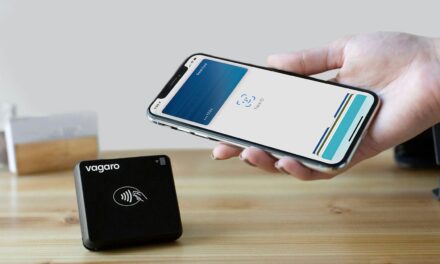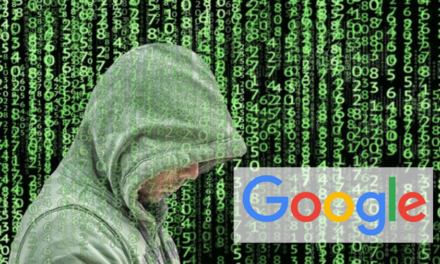Zoom Video Communications, Inc. has announced that it has globally launched post-quantum end-to-end encryption (E2EE) for Zoom Meetings.
This makes Zoom the first unified communications as a service (UCaaS) provider to offer this advanced security feature for video conferencing. The company also plans to extend post-quantum E2EE to Zoom Phone and Zoom Rooms in the near future.
Addressing Future Threats with Advanced Encryption
As cyber threats become more sophisticated, the need to protect user data intensifies. One significant threat is the potential for adversaries to capture encrypted network traffic now and decrypt it later when quantum computing capabilities advance—a scenario known as “harvest now, decrypt later.” To counter this, Zoom has proactively upgraded its encryption algorithms to withstand such future threats, even though powerful quantum computers are not yet widely available.
“Since we launched end-to-end encryption for Zoom Meetings in 2020 and Zoom Phone in 2022, we have seen customers increasingly use the feature, which demonstrates how important it is for us to offer our customers a secure platform that meets their unique needs,” said Michael Adams, Chief Information Security Officer at Zoom. “With the launch of post-quantum E2EE, we are doubling down on security and providing leading-edge features for users to help protect their data. At Zoom, we continuously adapt as the security threat landscape evolves, with the goal of keeping our users protected.”
How Post-Quantum E2EE Works
When users enable E2EE for their meetings, the system ensures that only participants have access to the encryption keys used to encrypt the meeting. This applies to both post-quantum E2EE and standard E2EE. Zoom’s servers, lacking the decryption keys, cannot decipher the encrypted data relayed through them. To defend against “harvest now, decrypt later” attacks, Zoom’s post-quantum E2EE employs Kyber 768, an algorithm being standardized by the National Institute of Standards and Technology (NIST) as the Module Lattice-based Key Encapsulation Mechanism (ML-KEM) in FIPS 203.
For more information on which versions and platforms of Zoom Workplace support post-quantum E2EE, users can refer to Zoom’s support article.
Zoom’s initiative to implement post-quantum E2EE highlights its commitment to staying ahead of emerging security threats and ensuring a safe, reliable platform for its users.
The B2B Marketer, the online destination for B2B marketing professionals seeking valuable insights, trends, and resources to drive their marketing strategies and achieve business success.





